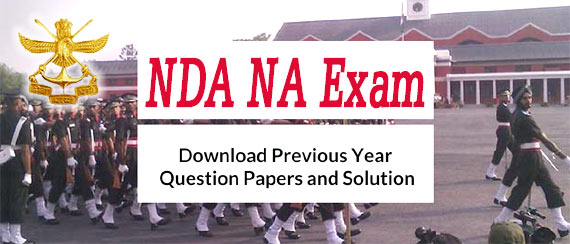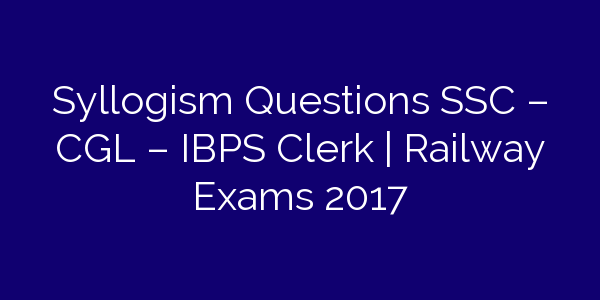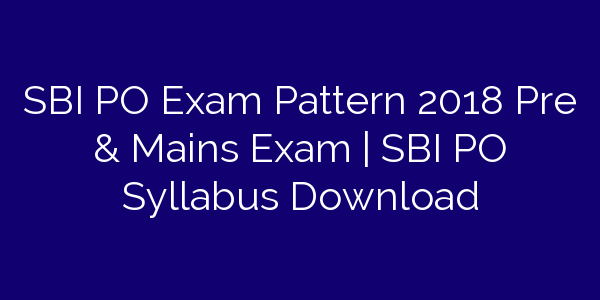Top 50 Most Important History GK for NDA Exam 2018
By Roopali Thapliyal | History | Sep 22, 2017

Here, we are sharing some top 50 most important history GK for NDA Exam 2018 for the candidate who is preparing for Defense exams. The list of NDA GK question answers is shared by Ground Zero Defence Institute Dehradun.
General Knowledge Questions Answers for NDA Exam
- The three words which were added in the Preamble to the Constitution of India by the 42nd Constitutional Amendment Act 1976 are: Socialist, secular and integrity
- Article 1 describes India that is Bharat as A union of states
- Part XVII of the Constitution deals with Emergency Provision
- Right to freedom of religion as enshrined in Articles 25-28 includes :
- Freedom of Conscience, and free profession, practice, and propagation of religion
- The right to move the Supreme Court for the enforcement of fundamental right including the writs of habeas corpus, mandamus, prohibition, certiorari and quo warranto is the part of :
- Right to Constitutional Remedies
- The right to acquire, hold and dispose of os property was deleted from the chapter of fundamental right by :
- The 44th Constitutional Amendment Act of 1978
- Which Article grants protection to persons who are arrested or detained?
- Article 22
- The Article 40 which required the state to organize village panchayats and endow them with necessary powers and authority to enable them to function as units of self-government is part of:
- Directive Principal of State Policy
- The law which aims at protecting the monument, places, and objects of national importance is:
- The Ancient and Historical Monument and Archaelogical Sites and Remains Act(1951)
- The Cabinet is the nucleus of power in Parliament System
- The foremost basic features of the Constitution of India includes:
- Supremacy of the Constitution, Independence of Judiciary, Rule of Law, Principle of Equality, Judicial Review and Secularism
- President of India can be reelected: For any number of terms
- The Linguistic Provinces Commission appointed under the Chairmanship of S.K.Dhar in 1948 recommended the reorganisation of states on the basis of
- Administrative Convenience rather than linguistic factor
- The state which is neutral in matter of religion and does not uphold any particular religion as the state religion is called
- Secular State
- Which article authorises the Parliament to form a new state by separation of territory from any state ?
- Article 3
- Under the citizenship Act of 1955, the five ways Prescribed for acquiring citizenship are
- By Birth, by descent, by registration, by naturalization and by incorporation of territory
- Which article declares that all laws that are inconsistent with or in derogation of any of the fundamental right shall be void?
- Article 13
- The idea of Directive Principles of State Policy in the Constitution of India has been borrowed from
- The Irish Constitution
- Which act provides for the disqualification of members of the Parliament of State Legislature for indulging in corrupt practices ? The Representation of People Act (1951)
- The procedure for the amendment of the Constitution is laid down in Articles 368
- The Union Executive consists of
- The President, The Prime Minister , The Council of Ministers and Attorney General of India
- The provisions of financial emergency has been laid down in Article 360
- The Administrative Head of the Cabinet Secretariat is Cabinet Secretary
- The first President of the Constituent Assembly of India was : Rajendra Prasad
- Who is known as the Father of the Constitution of India? B. R. Ambedkar
- Article 1 of the Constitution of India describes India as : Union of States
- In which Article is it mentioned that no person shall be compelled to pay any taxes for the promotion of a particular religion
- Article 27
- As per Article 44 the state shall endeavour to secure for all the citizen :
- A Uniform Civil Code
- The 73rd Constitutional Amendment Act of 1992 gave Constitutional recognition to the panchayats by adding a
- A new Part IX and a new Schedule 11 to the Constitution
- Power of President to promulgate ordinances during recess of Parliament is enshrined in :
- Articles 123
- The concept of ‘Procedure established by Law’ as incorporated in the Constitution of India is borrowed from :
- Japanese Constitution
- In which schedule to the Constitution of India is the division of power between the Union and the States in terms of the Union List and the State List Laid down ?
- Seventh Schedule
- In which case did the Supreme Coury hold that the Preamble is not the part of the Constitution?
- The Berubari Union Case (1960)
- INDIAN NATIONAL MOVEMENT AND CONSTITUTIONAL DEVELOPMENT
- MaulviAhmadullahwas the leader of the 1857 Revolt of Faizabad
- Which section of Indian population did not support the 1857 Revolt? Educated Middle Class
- In whose viceroyalty the partition of Bengal effected? Lord Curzon’s Viceroyalty
- Which two leaders were popularly known as ‘no-changers'?
- Rajendra Prasad and C.Rajagopalachari
- The ChamparanSatyagrah was against the Indigo planters
- The Lahore Congress which passed the resolution of ‘Poorna Swaraj’ was presided over by
- Jawaharlal Nehru
- Which island territory was called the ‘Swaraj’ by the INA? The Nicobar
- Who described the ‘Revolt of 1857’ as “a planned war of National Independence”?
- D.Savarkar
- Two Home leagues were founded in 1916. Their founded were? Annie Besant and B.G.Tilak
- What was the most revolutionary secret organization of Bengal? Abhinav Bharat
- Who founded Tattvabodhini Sabha in 1839? Maharishi Devendranath Tagore
- The eminent Bengali novelist and composer of national song BandeMataram who aroused a new Consciousness in the 19th century Bengal Society was: Bankimchandrachattopadhyay
- Vivekanand established Ramakrishna Mission: In 1897
- For the cause of national liberation Swami Dayanandastressed on :
- Swadwshi, Swadhharma, Swabhasha, and Swarajya
- Who founded Satya ShodhakSamaj in 1873? JyotibaPhule
- The first President of Indian National Congress was: Sir Wyomesh Chandra Banerjee
- Who conveyed to the Indians – “I am with you wholeheartedly and in terms of culture I am one of you”?
- Annie Besant
सरकारी नौकरियों, जीके अपडेट्स और करेंट अफेयर्स की ताज़ा जानकारी सबसे पहले पाने के लिए:
-
हमारे WhatsApp चैनल को फॉलो करें:
https://whatsapp.com/channel/0029Vb6sjZz0wajwDXcd5B0U -
हमारे Telegram चैनल को फॉलो करें:
https://t.me/educationmastersin -
हमारे Facebook Page को फॉलो करें:
https://www.facebook.com/educationmastersindia






.jpg)
.jpg)
 Missile.jpg)
.jpg)
.jpg)
